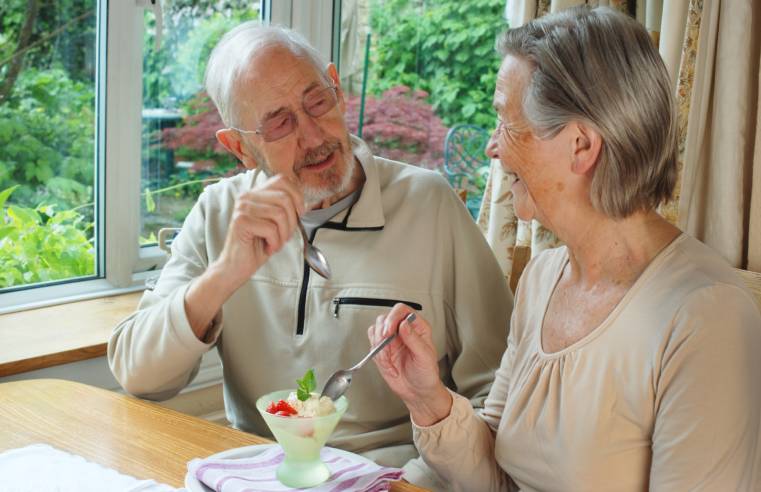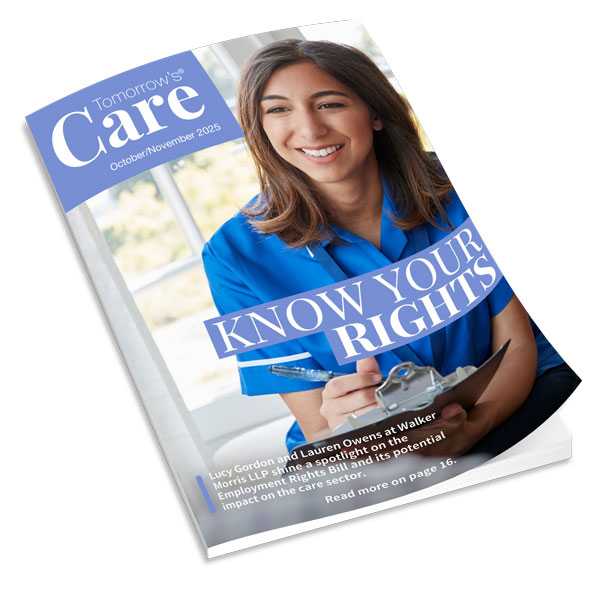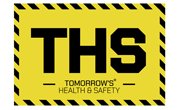With 50% of care providers now using a digital social care record, protecting sensitive care data has become more important than ever. Care providers are responsible for safeguarding confidential information related to the people they support. However, with the increasing prevalence of cyber threats and data breaches, care providers need to be proactive in implementing robust security measures. In this guide, Adam Hurst, CTO at Log my Care, explores key strategies and best practices to protect sensitive care data in the digital age.
Implement device access control
One of the fundamental steps in ensuring data security is implementing a robust device access control system. By determining who can access care data and blocking specific devices, care providers can significantly minimise the risk of cyber security incidents. This gives managers enhanced control and oversight, allowing them to manage and monitor the list of devices accessing sensitive data. By implementing device access control, care providers can strengthen their line of defence against unauthorised access and potential data breaches.
Train and educate staff on data security
Care providers should prioritise training and educating their staff on data security best practices. Conduct regular training sessions to raise awareness about the importance of protecting sensitive care data and the potential risks associated with data breaches. Educate staff members on how to create strong passwords, recognise phishing attempts and secure methods for transmitting and storing data. By fostering a culture of data security awareness, care providers can empower their staff to be proactive when it comes to protecting confidential information.
Be suspicious of unusual information requests
When someone asks for sensitive information, care providers should verify that the person requesting it is who they say they are. This isn’t only true for email requests but also for phone calls. Look out for emails that urgently require sensitive information to be shared, have bad spelling or grammar, or seem too good to be true. Even if an email appears to come from someone known to the organisation, be careful when it comes to attachments or links.
Regularly update software and systems
Outdated software and systems can pose significant security risks. Care providers should regularly update their software applications and operating systems. These updates often include security enhancements and bug fixes that address vulnerabilities in the software. By staying up-to-date with the latest software versions, care providers can protect their systems from known security weaknesses and reduce the risk of potential breaches.
As more care providers move to a digital social care record, protecting sensitive care data should be a top priority. By implementing robust security measures such as Device Access Control, educating staff, implementing MFA and regularly updating software, care providers can significantly mitigate the risk of cyber security incidents and safeguard confidential information. Embracing these best practices will not only protect the privacy and confidentiality of people receiving care but also enhance the overall trust and reputation of care providers in the industry.




















